Breaking Beta | Do Our Abilities Alter How We Perceive Hold and Move Size?

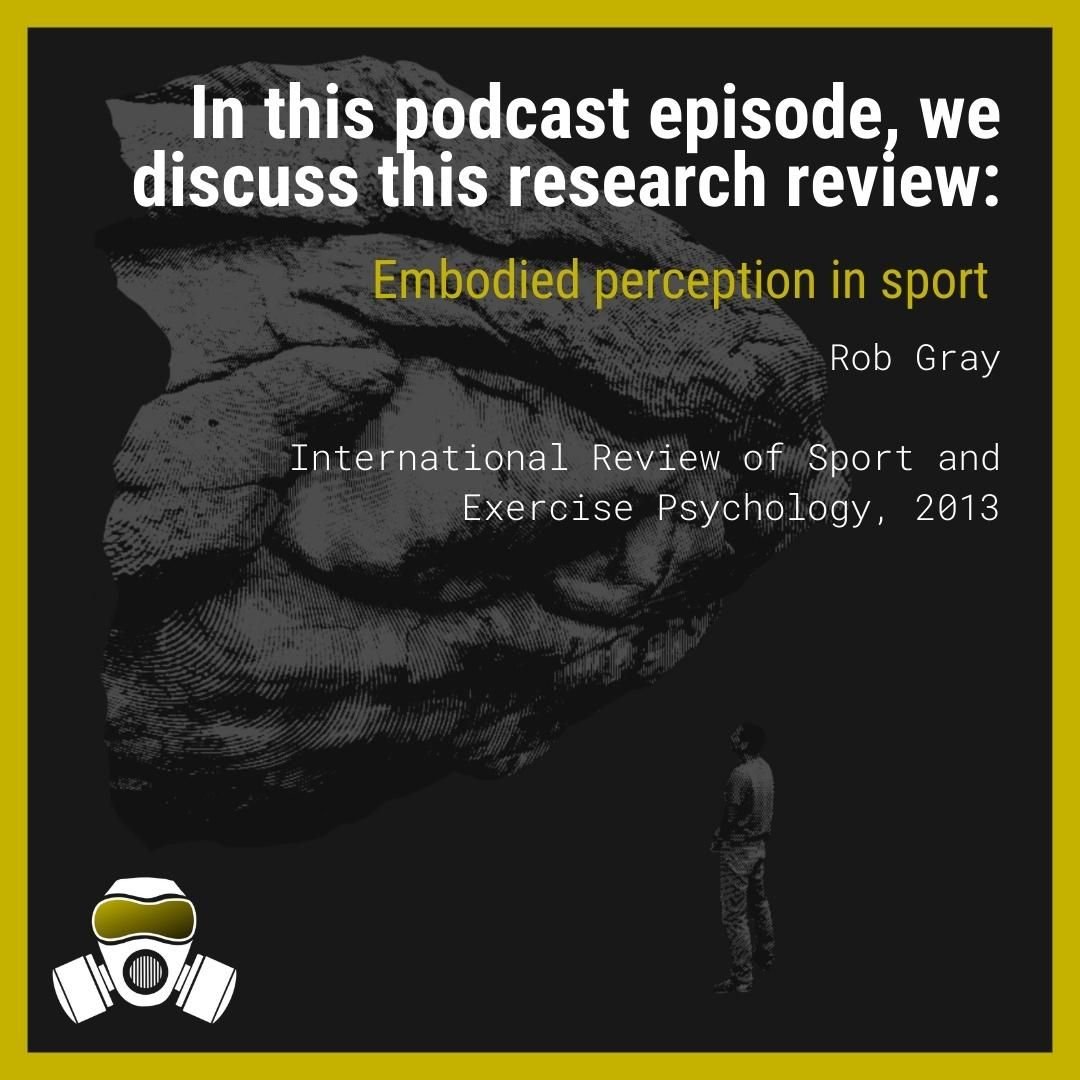
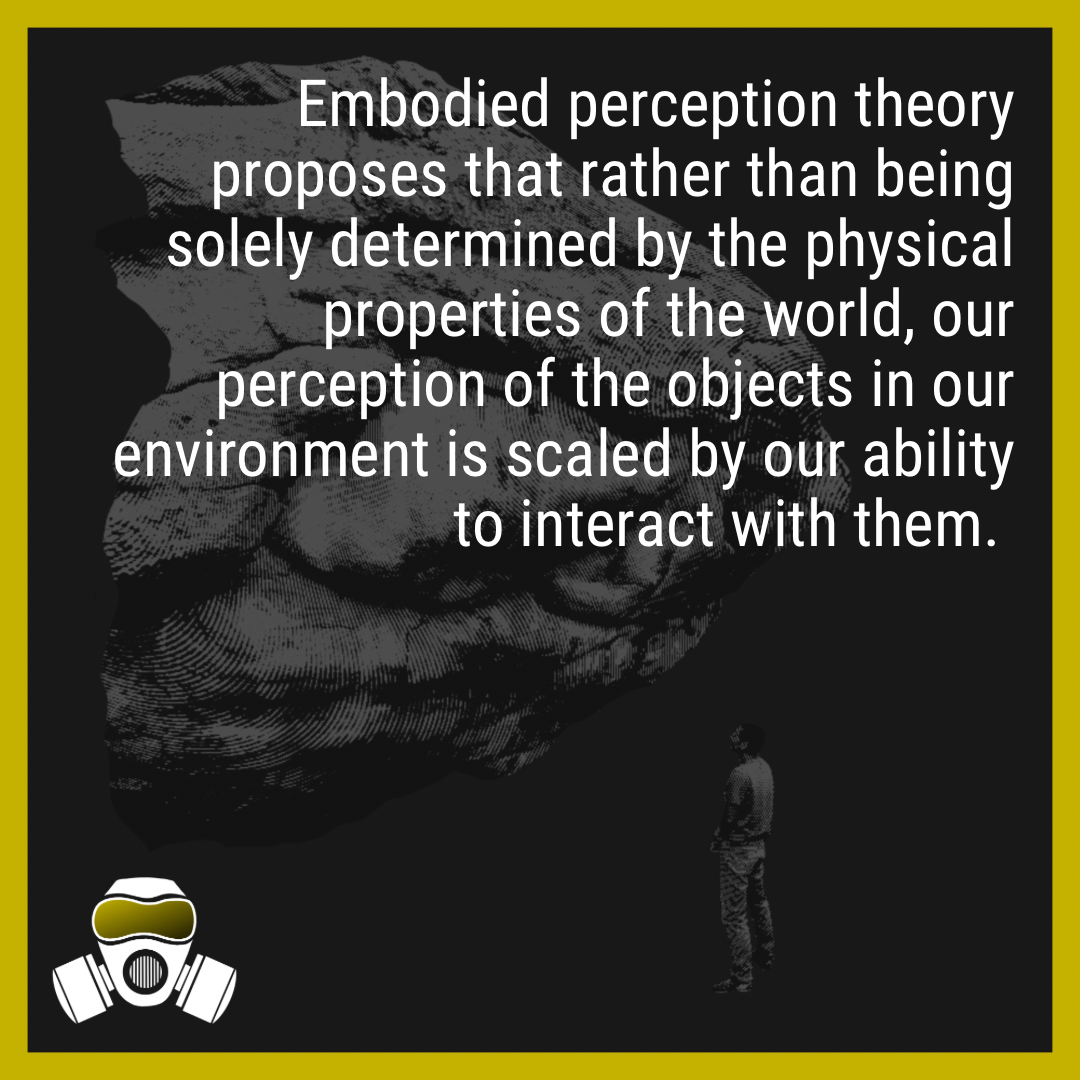


In this episode, Kris and Paul discuss a paper that looks at the relationship between an athlete’s skill level and how they perceive their environment:
Embodied perception in sport
Authored by Rob Gray; published in the International Review of Sport and Exercise Psychology in December, 2013.
They’ll explain the idea of embodied perception in sport - the theory that how we see our environment is impacted by our ability to interact with it - with some climbing-specific examples. They’ll consider several factors that can influence this perception and how understanding these concepts might be helpful to us as climbers.
New episodes of Breaking Beta drop on Wednesdays. Make sure you’re subscribed, leave us a review, and share!
And please, tell all of your friends who insist that that mini jug is actually a 10mm edge, that you have the perfect podcast for them.
Got a question? Comments? Want to suggest a paper to be discussed? Get in touch and let us know!
Breaking Beta is brought to you by Power Company Climbing and Crux Conditioning, and is a proud member of the Plug Tone Audio Collective. Find full episode transcripts, citations, and more at our website.
FULL EPISODE TRANSCRIPT:
Kris Hampton 00:00
Season Two of Breaking Beta is brought to you by Gnarly Nutrition. After the episode use the code BETA 15 for 15% off of your next order at gognarly.com or click the link in your show notes to have the code automatically applied. Gnarly Nutrition: Push your possible with science-backed, delicious sports nutrition.
Breaking Bad Audio Clip 00:19
So, how does it look?
Meaning do I see it?
Yes. Do you see?
Basically any law man worth his salt is gonna spot that, yeah.
Assuming that's a deal breaker?
Yes, it's a deal breaker.
Well, if stealth is what you're aspiring to, you'd best go with something more compact. 38 Special, snub nosed. Got a concealed hammer, so it doesn't catch on your belt when you draw. Tried and true. No nonsense about it.
Five shots?
Yeah.
Automatic and how many?
Ten in the mag, one in the chamber. If you can't get it done with five, then you're into spray and pray, in which case I wouldn't count on another six closing the deal.
Kris Hampton 01:24
You only need five shots. Paul, because spray and pray is not acceptable. You have to take careful aim at your target. And it's to your advantage to have a bigger target, even if you just think it's bigger than it actually is.
Paul Corsaro 01:38
And you know, too much spraying is never a good thing right?
Kris Hampton 01:43
Hahaha. Hadn't even made that connection until right in this moment.
Paul Corsaro 01:45
Oh man, I thought that's where you were going with all this haha.
Kris Hampton 01:49
Hahaha. We are here today to discuss a review from movement researcher Rob Gray called "Embodied perception in sport." It was published in 2013 in the International Review of Sport and Exercise Psychology, with the goal of to first review the recent evidence that supports the idea that the perception of objects in the sporting environment is embodied, rather than simply processed in the brain, to consider the mechanisms underlying this embodiment, and to discuss its potential potential functional value for sports performance. When you first started looking into this paper, what was your immediate thought?
Paul Corsaro 02:35
I was pretty interested to look into it. I had read...so Rob Gray, the author of this review, he came out with a book fairly recently. I read that book, I think I texted you right around the time when he brought up this topic, I was like, "Hey, this seems kind of interesting for rock climbing.", so I was excited to dig into the paper. I still have some questions, I think and in terms of how we can take this concept and apply it to sports that are different than what they talk about in the study.
Kris Hampton 03:07
Yeah
Paul Corsaro 03:08
But um, yeah, I think it's really cool science and it really gives a lot of impetus for like having take a step back and think about these things and how we can apply them as both performers and coaches.
Kris Hampton 03:20
Yeah, same. And I agree. I think Rob's book is great. I've read it a couple of times now. And I've had quite a few conversations with Rob, as a patron of his podcast, doing these roundtable sort of Zoom calls, and
Paul Corsaro 03:38
He's got the reserved Kris Question Hour now, doesn't he?
Kris Hampton 03:41
Exactly haha yeah. And and I've asked him a lot of these same questions that I think you're pondering about how to take some of this research and apply it to climbing. So we're going to discuss today how this paper can relate to us in climbing. Let's jump into it.
Breaking Bad Audio Clip 04:02
You clearly don't know who you're talking to, so let me clue you in.
Paul Corsaro 04:06
I'm Paul Corsaro.
Kris Hampton 04:08
I'm Kris Hampton.
Breaking Bad Audio Clip 04:09
Lucky two guys, but just guys, okay?
Paul Corsaro 04:13
And you're listening to Breaking Beta,
Kris Hampton 04:16
Where we explore and explain the science of climbing
Breaking Bad Audio Clip 04:19
With our skills, you'll earn more than you ever would on your own.
Breaking Bad Audio Clip 04:24
We've got work to do. Are you ready?
Paul Corsaro 04:28
I am so ready. My computer screen looks about the size of my wall right now.
Kris Hampton 04:32
Hahaha.
Paul Corsaro 04:35
You?
Kris Hampton 04:37
Yeah, based on my action capabilities, I perceive myself to be ready. Let's maybe we should start by talking about what embodied perception is. So in sports pretty much across the board, we often hear athletes describing their experiences in this subjective manner. In the article, Rob gives the examples of Mickey Mantle saying, "I just saw the balls big as a grapefruit" and NBA player Dennis Scott saying that on a good night making shots was like throwing pebbles in the ocean. These are often related to the size of the objects or the, the ease of doing this task. And for climbers, we might say things like, you know, "The crimp just seemed like a jug this go" or "That move didn't even look big anymore", things like that, you know, the perception of, of what we're being asked to do changes. We hear people who are performing poorly say the opposite, that the holds seem terrible, or the move just look bigger, or whatever the case might be and we know that the physical properties of the holds and moves aren't changing. And, you know, we've all seen this happen when working on a boulder or whatever and in the space of a few attempts, that perception can change for us. So we're also not improving our own abilities in those few attempts. So, you know, are these just exaggerations and if not, what causes this? One explanation is this theory of embodied perception. It was originally propsed in 2006, by Dennis Proffitt. And the theory is that the way we receive visual information is scaled by our ability to then act on what it is we're being asked to do. So it's a combination of us receiving it in our eyes, and our abilities to do the thing and that's, that alters our perception. Does that sound right to you?
Paul Corsaro 06:51
Yeah, that sounds right. And I think, you know, it's a pretty dynamic thing and you mentioned it, how like, it can change very quickly. Whether like, you know, things such as outside events coming in, you know, just feeling feeling more comfortable with how we're moving, or there's
Kris Hampton 07:08
Fatigue setting in can,
Paul Corsaro 07:09
Yeah, all of that.
Kris Hampton 07:10
Can change how you perceive a move.
Paul Corsaro 07:12
So it's a wildly... can be a wildly changing situation, which changes how we view things. So it's, it's pretty interesting thing to think about.
Kris Hampton 07:23
Yeah, so in essence, it's our perception isn't necessarily what's actually physically there but it changes based on how we're able to interact with it. This is the kind of topic that I really love digging into. So this is kind of cheating for me, because, you know, I'm not leaning into the science as much as into these theoretical ideas. And, actually, I think this sort of topic has more to contribute then might first meet the eye, no pun intended there. Rob says that there are three types of action related variables that can influence perception. And we're going to go through each of these, including the basics of some of the studies that he looks at in this review, and how they might relate to climbing.
Paul Corsaro 08:11
Right
Kris Hampton 08:12
So number one is changes in perception due to the current skill level of the performer. This says that athletes at an expert level should perceive their environment as affording more opportunities for successful action than a lesser skilled athlete would. It's important to note that current skill is what's at play here. So as you improve, you see more opportunities. And that should scale back when you aren't performing so well. That can be due to fatigue or ability level, or whatever it is. So theoretically, holds might look bigger, moves might look smaller, angles and heights might look more approachable, et cetera.
Paul Corsaro 08:59
Yeah, and you know, I think one of one of the studies that really looked at this and breaks down kind of.... you can see how this, these two things interact is with an amateur softball players. It was Witt and Proffitt in 2005. So these are softball players who just finished a set of games, so they had a good idea of what their most recent batting average was. So you know, that's a pretty, pretty current, numerical reflection of skill, you could say for softball, and they were to perform a task where they had to match objects of different sizes, and they would take what they matched to what they estimated the actual size of the softball was, and they found that the players who had the higher batting averages, so in the current window or frame of reference, they are more skilledhe, they perceived a softball to look a little bit larger compared to someone at a lower battting average
Kris Hampton 09:55
And this is an object that they interact with regularly. I think that's really interesting.
Paul Corsaro 10:02
Yeah, and there was a significant differences in how this the size of this softball for people who had just spent a bunch of time swinging at a softball, so the people who were hitting the ball better, saw the ball look a lot larger.
Kris Hampton 10:17
Yeah, super interesting. And that's been duplicated in golf, field goal kicking a football, darts, archery, and, and more. Rob Gray has also studied this and a paper from his of his from 2013 showed it the same thing with ball speed, that players in a slump thought the ball was moving faster than the players who were hitting well.
Paul Corsaro 10:44
Yeah, so it's, it reflects how these things that we intuit as unchanging can relatively look a lot different based on just this one factor of skill.
Kris Hampton 10:56
Yeah, one one paper he mentions very briefly in this review, I went and read this paper as well. It's a 2011 paper from Taylor, Witt and Sugovic and it looks at this effect in parkour.
Paul Corsaro 11:11
Oh, man, I completely missed this paper.
Kris Hampton 11:13
I missed it the first two times I read through this. And then the third time, I just happened to see it and I thought, "Well, that might relate to climbing in an interesting way". And in that study, there were 35 participants, 17 with experience, 18 novices. And they found that the more experienced parkour participants perceived walls as shorter than the novices. The test was set up so that they were, they would approach a wall that they were being asked to climb over and they had to estimate the height of the wall. And the more experienced parkour participants were closer to the actual size of the wall, where the novices saw the wall as much bigger than it actually was. And I think that has some cool implication for climbing.
Paul Corsaro 12:10
I think so too and then actually you start....so one of the questions I was going to mention for this whole talk today was, um, it seems like all of the studies that I've highlighted and selected, because I missed this one, all dealt with dealing with a separate object and manipulating that object throughout an environment.
Kris Hampton 12:25
Right
Paul Corsaro 12:26
And you know, that is a little different than rock climbing, where you're the object that you're manipulating, or you're putting force into a hold. So that was one of the themes I was seeing where I didn't really see anything connecting into that. But I just.... it looks like I just missed that line in the paper, so that's cool that parkour one comes out.
Kris Hampton 12:42
Yeah, totally, I thought the same thing. I was having the same, like struggle with it that you were and I saw this and, and it gives some interesting implications, you know. This study, what was happening is the people would walk up to the takeoff point on the ground, right in front of the wall, and then someone would take an orange cone and move it away from them, parallel to the wall. And they would say, "Stop" when they thought that person was at the height that the wall was in front of them. So I've seen this thing happen in climbing very often, where when you get under a wall, a move looks way bigger than it actually is. So this study, just makes me think that maybe the more experienced the climber, the less impossible those big moves look when you actually get under the wall, which I think is interesting.
Paul Corsaro 13:47
I wonder if that could relate in the other way too. Because we've all had that experience where you're standing on the ground feeling holds and being like, "Oh, this, you know, this isn't that bad. That move isn't that big." and then you get under it and you're surprised the other way and you're like, "Oh, this is different than I thought it was gonna be".
Kris Hampton 14:05
Right.
Paul Corsaro 14:05
So I wonder if the skill aspect of that could maybe apply to when you're, the more skilled or experienced climber is standing there holding on to the holds with their feet on the ground, I wonder if they're more accurately able to perceive what's going to come of actually doing the move at that angle with the foot on foothold and so on and so forth.
Kris Hampton 14:26
Yeah, I have to think so.
Paul Corsaro 14:28
Yeah.
Kris Hampton 14:29
You know, the my main climbing partner is Lana. We're at pretty different levels of ability and oftentimes when we go out bouldering and I'll think I found a boulder that's going to be fun for her to try, she will very often, without knowing the difficulty of the boulder, see it as much taller than it actually is. She's like, "I don't know that's, that's way too tall for me." and I'm like "Lana, you just, you just climbed a much harder boulder than this is going to be that's twice the height of this". You know...it's and she just views these things as much bigger than they are very often. And I think it's the same with moves, I think it's the same with like angle, whether it's a route or a boulder, that you can perceive it to be way steeper than it actually is. And, you know, if the length of a route, if you perceive it to be way longer than it actually is, that could very well influence your decision to try a thing.
Paul Corsaro 15:32
Sure, very much so. So it's, it's out there, for sure.
Kris Hampton 15:35
And then, number two, is the changes in perception due to task difficulty. So this just says that assuming the athlete remains the same skill level, a change in the difficulty of the task, so a harder move, or harder boulder or route or whatever, for example, might cause the athlete to perceive something as worse. So worse or better, whatever. So you might see a hold as worse, even if it's the same as a hold on a much easier boulder, just because it's on a harder boulder. So our perception of things changes due to task difficulty.
Paul Corsaro 16:18
Yeah, and one of the studies cited in this review, you actually mentioned it in the first section, was the Gray 2013 paper, where in addition to just relating to the size of the ball, and relating to the player's current skill, they also had them do two different directional hitting tasks. So hitting the ball either to the left or right side of the field, I think, respectively, this was called pole or opposite field hitting. So left side of the field was the pole hit, the right side of the field was the opposite field hit. And then they also had a condition where they could just hit the ball wherever. And traditionally, it seems that the opposite ball batting swing, opposite field hit is more difficult than a pole hit. And it they saw in this study that for the more difficult hit, which is the opposite field, the ball was perceived as smaller. So the harder the task was, the smaller they perceive the ball to be.
Kris Hampton 17:15
Right, and the the people who were hitting just anywhere, perceive the ball to be bigger than the people who were having to hit to a specific location. And this has also been seen in golf and table tennis. So there's a you know, a fair size of a fair body of research out there, showing these effects. You know, I think this, this very easily relates to climbing and like harder things can seem bigger, can seem more daunting, not just because they're actually harder, but because we perceive them to be different than they actually are.
Paul Corsaro 17:53
You think complexity of the move sets or like, could also lead to some of this perception of holds getting worse?
Kris Hampton 18:02
Yeah
Paul Corsaro 18:02
Or just the tactile sense of these holds being a little different or less than optimal, the more complicated the climbing gets?
Kris Hampton 18:09
Yeah, I have to think so. You know, I think this, I think this whole conversation is going to be a little bit tough to wade through, but I think it opens up this, this huge door to how, how we are perceiving climbs and how that causes us to make certain decisions versus other decisions, and how we might train those things. You know, in the Machine Shop, I see this at play really regularly. A hold might be perceived as bad, like the same one person might call a hold a "bad" hold, but then they might use that same exact hold on another easier boulder, and it's no longer a "bad" hold. You know? And I'm like, you know, was it a hard move? Were you just saying the wrong thing or did you actually perceive that hold as a bad hold? So I think it's really interesting.
Paul Corsaro 19:10
Yeah, it's a brain squeezer at times.
Kris Hampton 19:15
Yeah. Number three changes in perception due to the task goal. So, this theorizes that the, the objects suitable for the goal the athlete is trying to achieve will be perceived as affording more opportunity for successful action. So, holds might seem bigger, moves smaller, when compared to the holds that aren't suitable for what the climber is trying to achieve. Does that makes sense?
Paul Corsaro 19:48
Say that one more time for me. I gotta rethink that one.
Kris Hampton 19:50
Haha. So, holds might seem bigger, or moves smaller when compared to a move or hold that's not suitable for that athlete. So if you're steeped in one style, the move that fits your style is going to seem smaller than the move that doesn't fit your style. So the task goal has the holds that fit your task goal, doing it in your style, are going to seem better to you.
Paul Corsaro 20:19
Yeah, yeah, I think that checks out.
Kris Hampton 20:21
Okay.
Paul Corsaro 20:21
Yeah.
Kris Hampton 20:22
Trying to relate all this to climbing is hard haha.
Paul Corsaro 20:25
Yeah, I'm glad you you chose that, uh, that part of this. I was like, "Yeah, go ahead". Yeah, so again, the paper that looked into this as well, amongst many others, but is this Gray 2013 paper. So going back to where the athlete had to either hit the opposite field hit or pull the ball, depending on what their goal was, in relation to all the other balls, so they came out, they pitched at different angles in this, they believe this? Is the simulator, right? That they did, or is this actual hitting. So I know they did both for this,
Kris Hampton 21:00
I don't remember. But definitely, when you're trying to hit a ball to a certain field. certain pitches lend themselves better to either pull hitting or opposite field hitting.
Paul Corsaro 21:12
So say one of these athletes had the goal of or the task to hit that pole shot, the pitches that were more suitable for that pole shot appeared larger, which was interesting. So it seems like there was almost some unconscious processing during this action that allowed this player to perceive the best pitches that were going to make the likelihood of being successful that task, they looked larger than other pitches that didn't quite look like or that weren't going to make it as easy to hit that specific shot.
Kris Hampton 21:45
Right, exactly. And it's interesting you said "unconscious processing", you know, because this, this theory is sort of at odds with the idea of the actual theory of processing this information, like there's not really time to process it. So this is saying that it's more embodied. Like it's built into our action capabilities to see things this way. So you know, and there is the one theory that says this is all controlled by the brain, it's all being processed, you know, these are all learned and memorized things.
Paul Corsaro 22:24
I was thinking along the lines of how it's, I guess he talks about later where there aren't the these occur online. So I guess in real time, as opposed to that, post action, even just minuscule post action, but that post processing, I guess, where I just chose the wrong word.
Kris Hampton 22:40
But yeah, so it's happening in real time. Like, it's you you're seeing the ball is bigger, instead of just remembering it as bigger later.
Paul Corsaro 22:48
Yes. Thank you. Yeah, much better, much better put than how I put it.
Kris Hampton 22:51
But um, yeah, and, you know, like, I tried to explain, and I fumbled through, at the beginning of this, the section when two people with varying movement styles are working on the same boulder say, they'll often perceive different holds, or moves as smaller holds or bigger holds, or whatever, based on which technique it is that they're best at. So they're not evaluating the, the hold realistically. They're, they're perceiving it to be a better hold, or a worse hold, based on their own action capabilities. And, you know, there's, there's lots of theory at work here in you know, trying to relate this to climbing, so, there's certainly argument there. But I do think it's an interesting idea.
Paul Corsaro 23:48
Definitely. And I think, you know, as coaches, being aware of these three categories of how someone you work with can be perceiving certain elements of climbing or certain movements, that's just another tool in the toolbox to "How can you help this person?" or "How can you how can you your own self, help your help performance improve?". This could be another method of addressing this.
Kris Hampton 24:13
Absolutely. Let's take a quick break. And we'll come back and we'll talk about some of the questions we have about this paper and some of the ways we might use it.
Breaking Bad Audio Clip 24:23
Please. Alright, I really need a break here, okay.
Kris Hampton 24:28
You know that time when conditions are perfect, just the right amount of chilly and crisply dry and you're totally focused on the project? You're climbing really well. It all feels amazing, right up until you're crashing and you blow it after you got through the crux for the first time. Yeah, I used to be you. I'd forget to drink water and eat snacks. My energy would tank. I'd get hangry, I'd blame everything but myself. Well, not anymore. Gnarly Hydrate has the perfect amount of electrolytes, natural sugars, B vitamins, and deliciousness to help keep you going all day.
Breaking Bad Audio Clip 25:05
Yeah science!
Kris Hampton 25:06
Use code BETA 15, that's b, e a, a one, five for 15% off your next order at gognarly.com, or click the link in the show notes to have the code automatically applied. Oh, and try the raspberry. You can thank me later.
Breaking Bad Audio Clip 25:23
Let's all get back to work for Christ's sake. Okay.
Kris Hampton 25:25
Okay, we have returned. Maybe we start, Paul, with some of the questions that you have in, in the setup, you know, or in how these things relate to climbing?
Paul Corsaro 25:38
Yeah. So I guess the big one that we sort of talked about a little bit when we noticed that parkour paper was my big question I had was,wow do we take this body of evidence....and we know, I mean, it's a pretty logical assumption to make that when you read all this about, you know, motor control and selection of movements, or how we move in general that obviously, this applies to climbing somehow, right? But it's like, how do we take the methods they've used where all these athletes are manipulating something external to the body and it's not the actual field....I think we're, our field is the problem, or the route, or whatever we're climbing on at the time.
Kris Hampton 26:21
Yeah
Paul Corsaro 26:21
And we're not moving a ball across that field. We're moving across that field. So what's the intermediate object that we need to change or manipulate or focus on attentionally? And I think we'll get into that later on. I just said the attention part. But yeah, just I would just say, my big question was, how does how can we find a little bit more concrete link to rock climbing, and that I think that parkour paper highlights one of the ways.
Kris Hampton 26:49
Yeah, I would, I would love to see this looked at with like, hold size. You know, a lot of us spend quite a bit of time now on 20 millimeter edges, so we're fairly familiar with the 20 millimeter edge. I would love to see a 20 millimeter hold put on different angles, or different difficulties of climb and, and have several different climbers try to identify what size that hold is, and and see if it changes based on their ability or the actual difficulty of the climb, or the size of the move to it or off of it or whatever, if that changes our perception of how big that hold actually is. I suspect that it does. Certainly, for me, in my experience, when I've climbed on something, and I think the hold is terrible, you know, I might come back either in better conditions or as a stronger climber or whatever and then I'm like, "This hold is actually big. Why did I ever think it was terrible?" And it's not, that's not me saying, "I can leverage myself better on this hold now." That's me making a decision about the hold. And, and I think those decisions are the things that can very often lead us into the decisions we make about our tactics, about our attempts at performance on that day or future attempts. It's very easy to say, "Oh, that that thing is bad. That move is too big. That, that boulder is too tall", whatever and then just never try again.
Kris Hampton 26:58
And I think we could expand that hold size into a bunch of other stuff with just our tactile sense of that hold, right? How incut is it? I think, not only looking at having climbers identify how big this hold is, but give them like, you know, is it sloping? Is it partially sloped? Is it neutral? Is it partially incut? Is it incut? I think that would be an interesting thing to explore too. See if, how if how, how good how well, can I get behind this hold, based on the task demand or perceived difficulty?
Kris Hampton 29:11
Yeah, totally. And I would love to, I mean, I think it would be actually quite simple to set up a few moves of different size, you know, different space between two holds, and ask, you know, a bunch of climbers to say, "How big is that move?" you know. You know, give it a number, how many feet ,how many meters, whatever, is the distance between these two holds? And I'd be curious to see if better climbers said that it's smaller than it is or it's closer to reality. And climbers who weren't quite as skilled think it's even bigger.
Paul Corsaro 29:50
And when you mentioned something about different beta, different solutions earlier that brought me back to another part of this paper that I highlighted that's a little bit further down where he talks about action specific perception could serve a functional role through changes in action selection. And he uses the idea for a basketball player who misses a bunch of shots perceives the hoop to be smaller, so maybe he's going to be dribbling closer or passing the ball to a teammate
Paul Corsaro 30:13
And I was like, could that sort of perception influence our beta from like Day 2 to Day 1, or vice versa. You come in and try this one sequence that isn't maybe the ideal sequence, but it's what you feel the right one is at the time just because you're perceiving these things to be this way. You come in the next day, and things feel different and you end up trying something completely different, but that's what works and I wonder if some of that plays into effect for this?
Kris Hampton 30:13
Right
Kris Hampton 30:41
Yeah, I have to think so. You know, I, I've seen that at play so often. And I think what we tend to do is, we speak in metaphors, and you know, saying things like, "The ball was as big as a grapefruit" or, you know, "It was like throwing pebbles in the ocean". I think we speak in metaphor but we do that because that's also the way we often perceive, then we try to rationalize it in a more, you know, static, realistic way. When I think we can leverage some of this perception to, to aid us in, in training and practice and in performance. So so I have to think that, you know, finding a different beta solution, there is this perception, embodied perception, involved in that oftentimes.
Paul Corsaro 31:39
Do you, before you started diving down some, before looking into this research, and I'm sure you've looked through it over time, do any of the drills or drills or practices you, yourself, or people you've had your athletes work with, fo you have stuff that you just knew worked, but you never really thought super...eh you probably always thought super deeply about why something worked...but um, that you could refer that to this idea and be like, "Oh, this is a good way to explain why this has been so effective in my training, or why I've recommended to people." That question makes sense?
Kris Hampton 32:18
Absolutely. Yeah. Actually one of my favorite drills, and I think one of our most effective drills is one size fits all, which is essentially climbing a set hand sequence, but then trying to get as high of feet as possible for one time up and then as low of feet as possible, get as stretched out as possible, the next time up. And very often I see people, you know, we talk about it in terms of boxes, like you climb in this very specific box. It can get stretched out to a point and it can get bunched up to a point, and everybody has their comfort box. And almost across the board, when I've done individual sessions with short climbers, they will climb with their feet really high and then I say, "Can you get your feet higher?". "No, I can't. That would be crazy. You know, I can't get my feet any higher than that." and I'm like, "Well, I can get my feet higher than you. Why?" and, and I think it's just because they they're in their comfortable box. They've, they perceive these other things as "ridiculously high" and, but then once they try it, they actually can climb that way and it opens up new doors. Same with feet that are really far away.
Paul Corsaro 33:44
"I can't reach that foothold", or "I can't get my foot all the way over there"
Kris Hampton 33:46
Exactly. I remember, I very distinctly remember, climbing with two of my clients in the Red River Gorge. They were avoiding a foothold. They both have a larger span than I do. They were avoiding this foothold for this big move. It was too low in their estimation. I stepped on the foothold and reached the thing statically and they were just like, "How did you know you could reach that? Why didn't that move look gigantic to you?" and, and I'm just like, "Well, I've done this drill. I've practiced this thing." You know, so I'm.... my ability, my skill level at climbing in this box made it so that I didn't perceive that move as big at all, just looked like a normal move to me. So I definitely think a lot of these drills do operate with this, you know, changing of your perception in mind to some degree.
Paul Corsaro 34:45
And one of the ones that jumped out to me when I was kind of thinking about this as well, was the one touch drill and you know, it's always been a good drill for just grabbing holds correctly or being okay with not hitting things correctly. But also just a line in this paper where a task relevant object becomes accentuated, so it stands out from other task irrelevant objects. I think that one touch does a great job of practicing that attentional focus on a target and getting better at that, and making that object seem larger or more important to you at that time. So I think this, that one touch drill, could tie into this... improving your flexibility of perception.....I'm trying to find the right words for this, but
Kris Hampton 35:28
I think that's a good way to think about it actually, like, you know, making making your comfort zone of perception, bigger, maybe. I'm glad you brought up that attention. Rob sort of puts forth the idea that one of the mechanisms that can be used to explain the effects of these task goals on changes in the perception of target objects, is visual attention. When a person intends to act on an object, it tends to stand out and become accentuated. So you know, if we're going into a situation looking for a specific thing, and we're putting our attention on those things, they will thereby offer more opportunity for successful action and look bigger, or the moves will look smaller, or whatever, you know, whatever it is. It's gonna, we're going to perceive it as easier.
Paul Corsaro 36:28
Yeah
Kris Hampton 36:28
One of the other things he mentions in here that I find really interesting is that anxiety can cause these action specific effects of perception to go away. I think that has a lot of carryover to climbing in that we're very often performing in front of a crowd. You know, we're at a crag with a bunch of other people and when we allow anxiety to come in to those situations, and sort of control our narrative in that moment, very often it can cause us to not see the holds as big, not see the moves as smaller. We start to perceive it in a different way than if we were performing well, and not anxious.
Paul Corsaro 37:21
There's ways you can address that, in some circumstances I think, by reducing perceived risk, you know, better pads, power spotting into move, or just having a great spot. But else yeah if...when we're in a crowd, and when we're in crowds, and we're in a comp, and there's more of that pressure to perform, or there's a bunch of people at the cliff and you're not a fan of climbing with a lot of people watching you, like that'll change your, what you perceive to be possible, or how you perceive how hard things are. So how do you how do you train that? Do you find better ways to expose the athlete to that or do you remove it and focus on just creating more windows of perception? Does that make sense?
Kris Hampton 38:10
Yeah, I think
Paul Corsaro 38:11
Or do you do both? I mean, you probably do both, right?
Kris Hampton 38:14
Yeah, I think I think you attack it from both sides. And, you know, my go to is kind of always to give some exposure in a, in a safe way that allows us to lean into the difficult parts of this exposure, you know. And I think that can be really, really valuable and important. You know, we see exactly what you're describing happen often with clients who are like, "I wanted to go get on this project, but I didn't." , you know, "I wanted to try this thing, but I didn't, because it looked really hard and there were a bunch of people there" and you know, they they just shy away from it. They don't even try these things that we as coaches know they're entirely capable of doing. So I do think you can lean into that. You can lean into it in the gym. You know, you can purposely make yourself get in line for things, you know, if that makes you anxious. There was a whole season in the Red River Gorge when I put in my training plan to be the last person awake at Miguel's at night and to purposely go down with no partners so that I had to find partners day of because I hated it. I wanted to be the person who had everything planned out you know, and I'm like, "This puts me in a situation where when my plans don't go my way, I crumble".
Paul Corsaro 39:46
You found partners out of the blue at Muscle Beach for your offwidth roof crack project?
Kris Hampton 39:50
Hahaha. This was well after my offwidth days, so hahahaha.....no, there were no partners for that. Just Ray and I. That was it. Glad we had each other in those days, haha. Yeah, you know and another thing he says here that I think is really interesting is that it's been shown that when the size of a target object is increased to a level where the action is no longer possible, action specific effects on perception disappear.
Paul Corsaro 40:21
And that was the one where they had the study where the individuals had ankle weights on and were to judge like how hard they needed to jump to get across that gap
Kris Hampton 40:30
To get across a gap, yeah
Paul Corsaro 40:32
Until it got to the point where it was just like, clearly impossible, and then like their perceptions really didn't change or reflect because they saw no opportunity for action there.
Kris Hampton 40:40
Exactly. Once the gap was so big, they couldn't jump across it, the perception stayed the same.
Paul Corsaro 40:45
Yeah.
Kris Hampton 40:46
I think that's really interesting, because it, it puts us in this place where for things that are possible for us, our perception might be doing some of the leading the way in our decision making. Whereas we see the things that that we know aren't possible for us, you know, as as more realistic. But the things that might be possible for us, our perception might be altering how we see it, how we interact with it.
Paul Corsaro 41:20
Yeah
Kris Hampton 41:20
I think as coaches, that's a really scary and fascinating thing to think about
Paul Corsaro 41:28
Yeah, as a coach, it could come down to just like, taking the time to build that relationship to your....the relationship with your athlete and knowing what they're capable of sometimes, or at least as good as they do. Maybe a little better and you can kind of nudge them towards those things where these processes start to come into play. And just making sure what you're having the individual do is appropriate for where they're at.
Kris Hampton 41:52
Yeah, and I mean, based on this paper, and I think next week, we're also going to be looking at another Rob Gray paper that is sort of a, you know, it plays off of this paper pretty well, I think because attentional focus seems to be one of the best ways to train how..... being able to change our perception of things by getting better at, at focusing on specific things or putting our attention in specific places, we might be able to control the narrative that the perception gives us, so to speak.
Paul Corsaro 42:36
Yeah, that'll be good to dig into that next one.
Kris Hampton 42:39
Yeah, I think. I mean, I think it's, like we said, a tough conversation to wade through. Lots of theory, lots of trying to change the way we talk about it, and the way we think about it, because like I said, I think we tend to try to think in terms of reality and, you know, I think what it comes down to is our, our individual realities are not the same, right? And the way we perceive things, the way we receive things will change what our reality is. So I think if we get too static and too, like, cut and dry with the way we view, our realities, our situations, we're doing a disservice to the clients and to the climbers that we work with. So I think perception has to be taken into account. And, and I'm really interested to get into this next paper and see if we can come up with any ways based on it, any further ways that we can train this, this in climbers so that their, their perception of their tasks is is more... provides more opportunity for action?
Paul Corsaro 44:10
It's something to consider just in terms of giving advice for individuals or creating these plans to help someone get better at something. It's like you said, it's more than just the cut and dry objective...I don't know if objective is the right word
Kris Hampton 44:24
Objective reality?
Paul Corsaro 44:25
Yeah. A lot a lot of thinking about it by thinking about the right words to say even just in conversations about it, because it's a slippery topic. But just because it's slippery, doesn't mean it's not important and it deserves being discussed.
Kris Hampton 44:40
Yeah. And I think you know, I think it's worth mentioning that this is another reason why just reading the abstract of something, just a quick, cursory read over the research, is not always enough. You know, some of these things are really complicated topics that we have to weave into the sports that we are coaching in or that we participate in and, and that can take a lot of mental energy to do. I'm also glad you said just then you made me think of the awareness of this, just that it exists, I think can be a really powerful tool for climbers. Next time you see something, next time you walk out to a thing you wanted to try, and your immediate reactions are, "Oh, those moves look too big and holds look too bad and it looks too tall and too steep", maybe consider that this might just be your perception of it and you need to actually give it a try before you make a judgement on whether or not you can do this thing.
Paul Corsaro 45:48
Yeah. Hop on it, give it a rip. You never know what could happen.
Kris Hampton 45:53
Yeah, totally. All right, you can find both Paul and I all over the internets by following the links right there in your show notes. You can find Paul at his gym, Crux Conditioning in Chattanooga, Tennessee. If you have questions, comments or papers you'd like for us to take a look at hit us up community.powercompanyclimbing.com. Don't forget to subscribe to the show. Leave us a review. And please tell all of your friends who insist that that mini jug is actually a 10 millimeter edge that you have the perfect podcast for them. We'll see you next week when we discuss pressure and performance streaks and whether you're focusing your attention on the right things.
Paul Corsaro 46:32
See y'all next week.
Breaking Bad Audio Clip 46:34
It's done.
Breaking Bad Audio Clip 46:35
You keep saying that and it's bullshit every time.
Breaking Bad Audio Clip 46:39
Always, you know what? I'm done. Okay, you and I were done.
Kris Hampton 46:46
Breaking Beta is brought to you by Power Company Climbing and Crux Conditioning and is a proud member of the Plug Tone Audio Collective. For transcripts, citations and more visit powercompanyclimbing.com/breakingbeta.
Breaking Bad Audio Clip 47:00
Let's not get lost in the who what and whens. The point is we did our due diligence.
Kris Hampton 47:06
Our music, including our theme song Tumbleweed, is from legendary South Dakota band Riff Lord
Breaking Bad Audio Clip 47:12
This is it. This is how it ends.





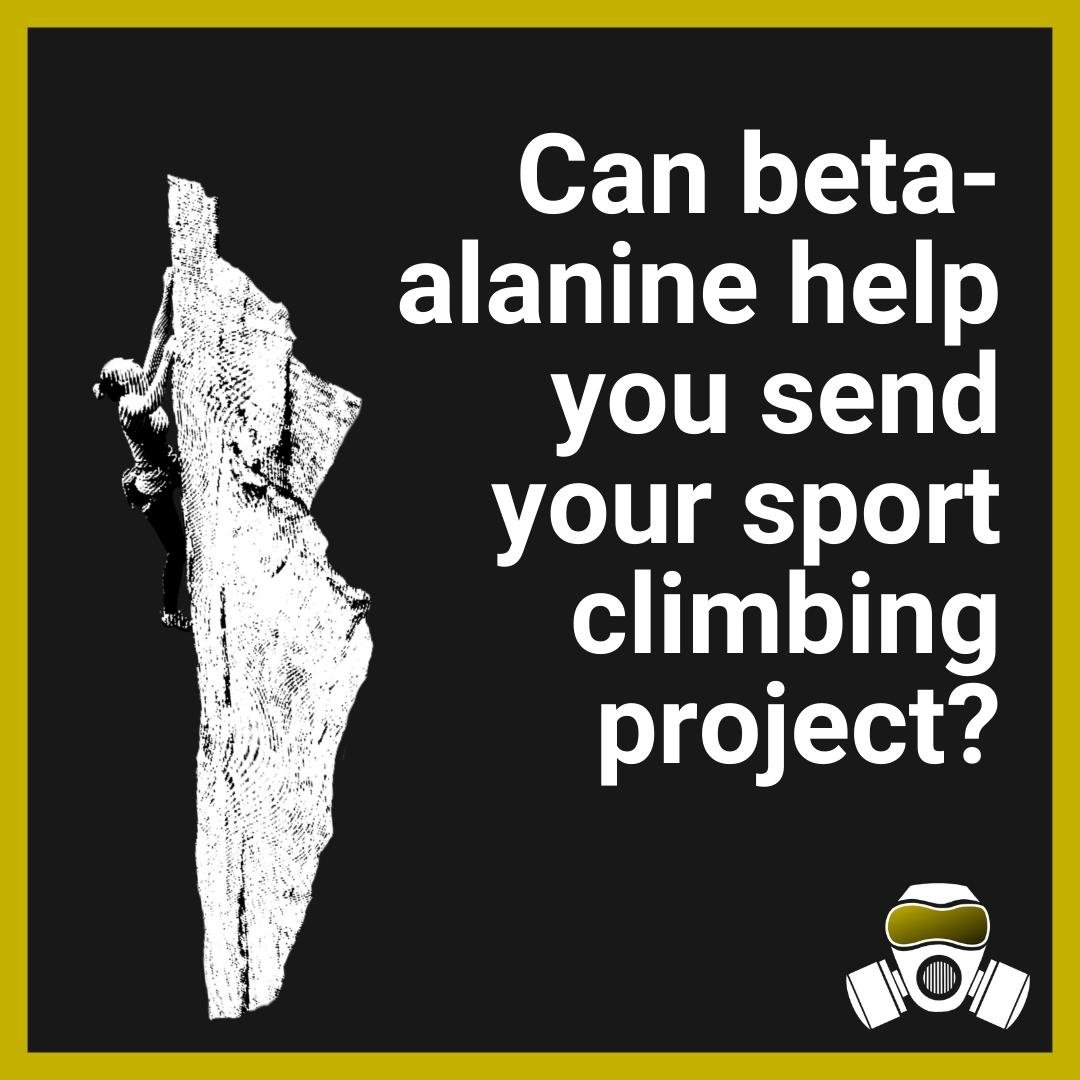

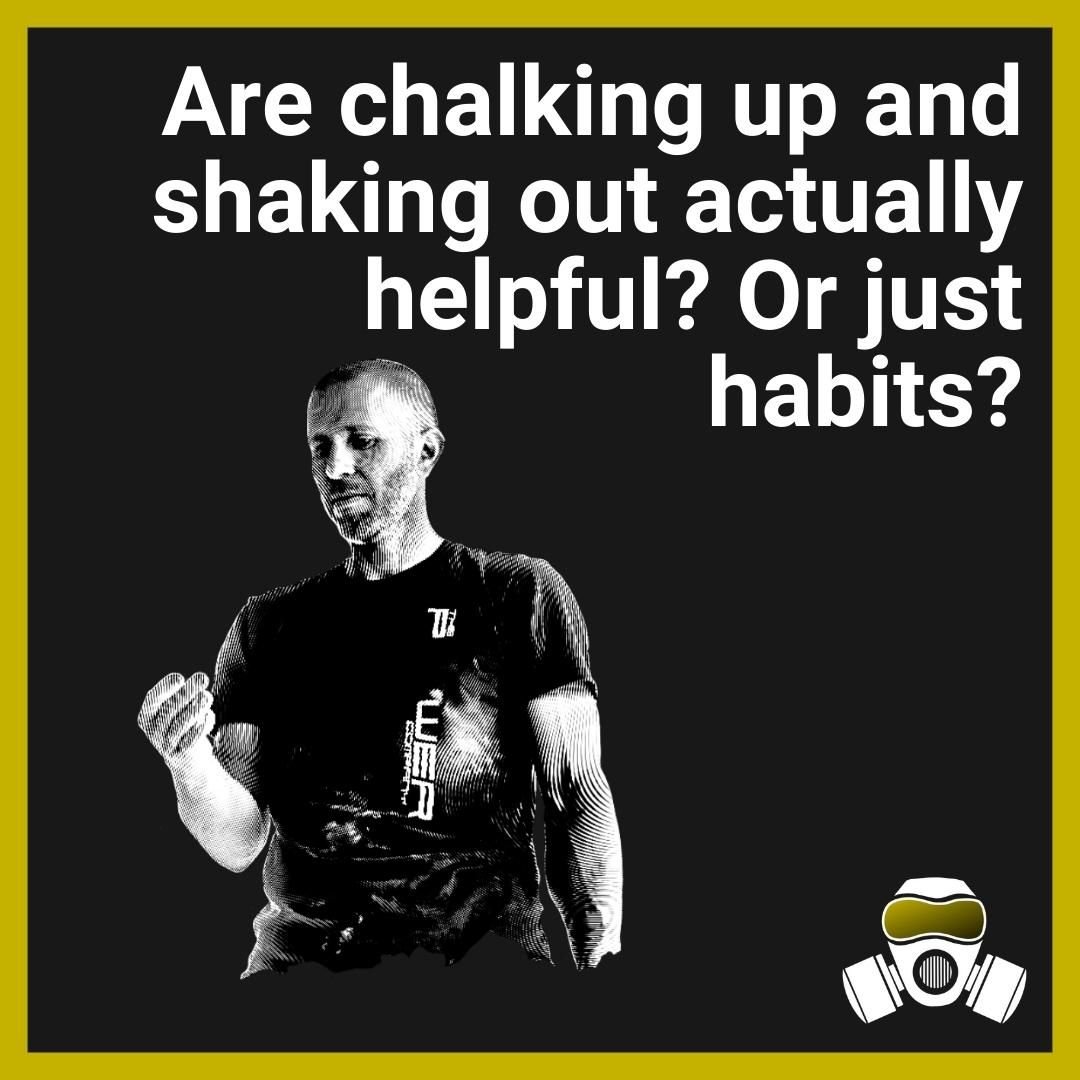
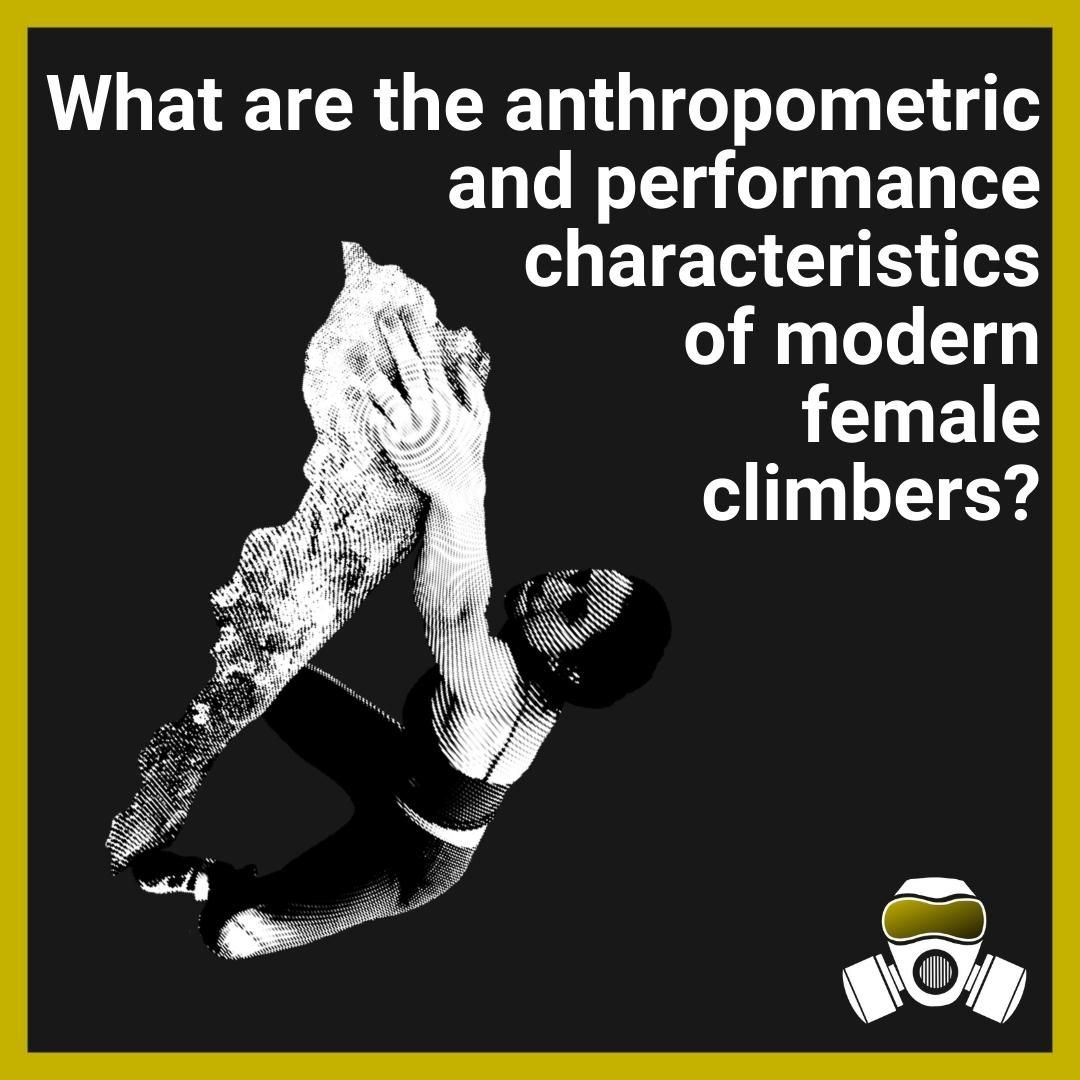

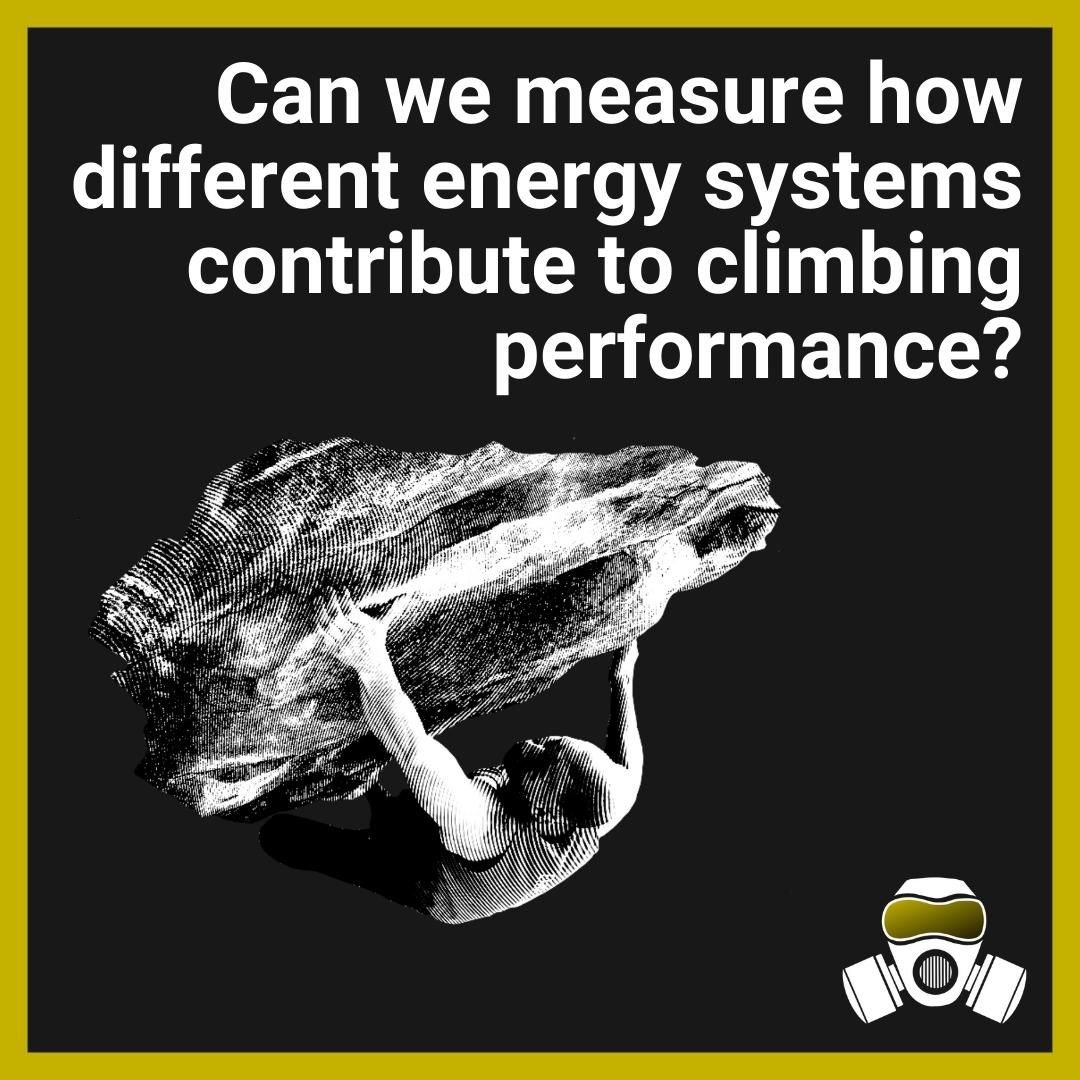
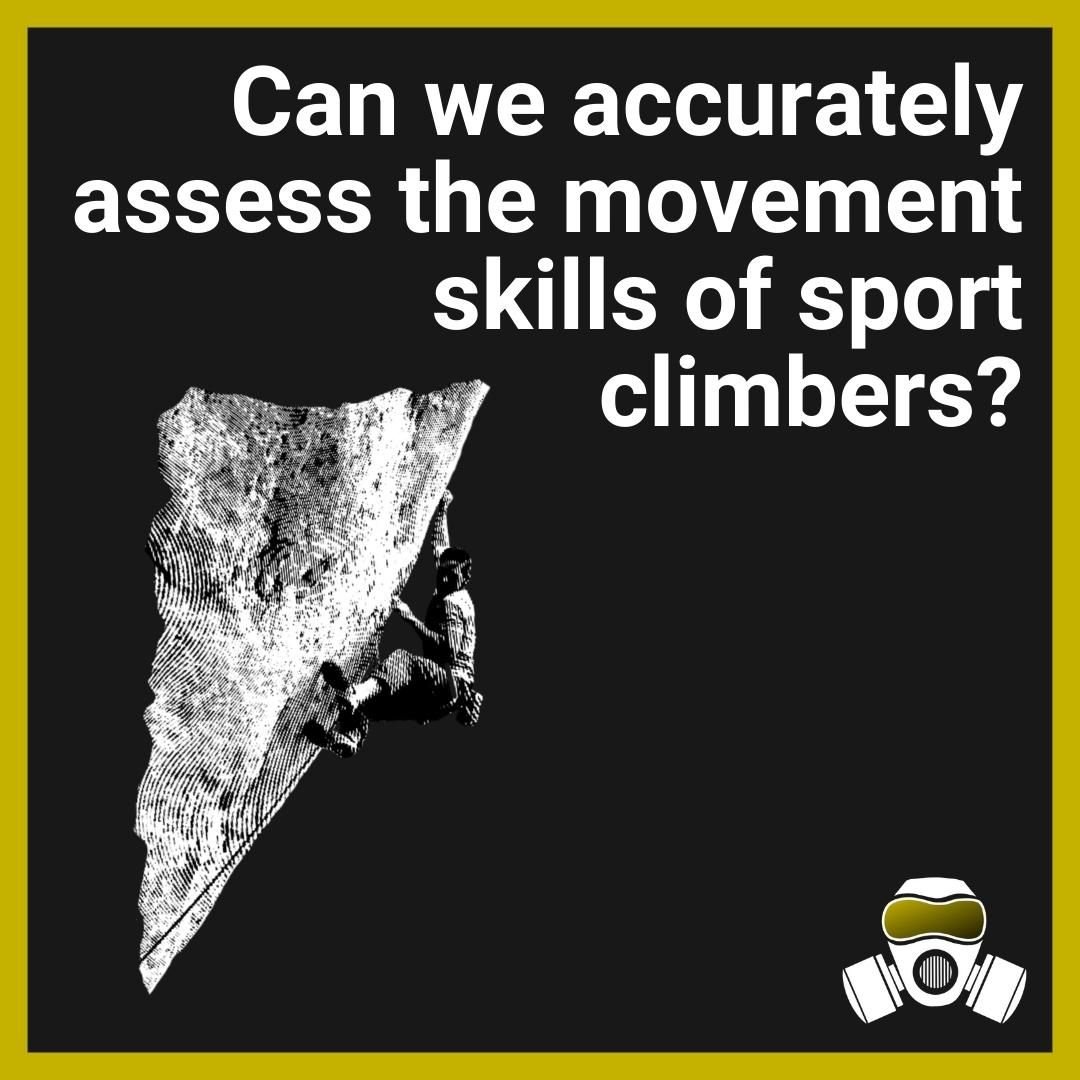
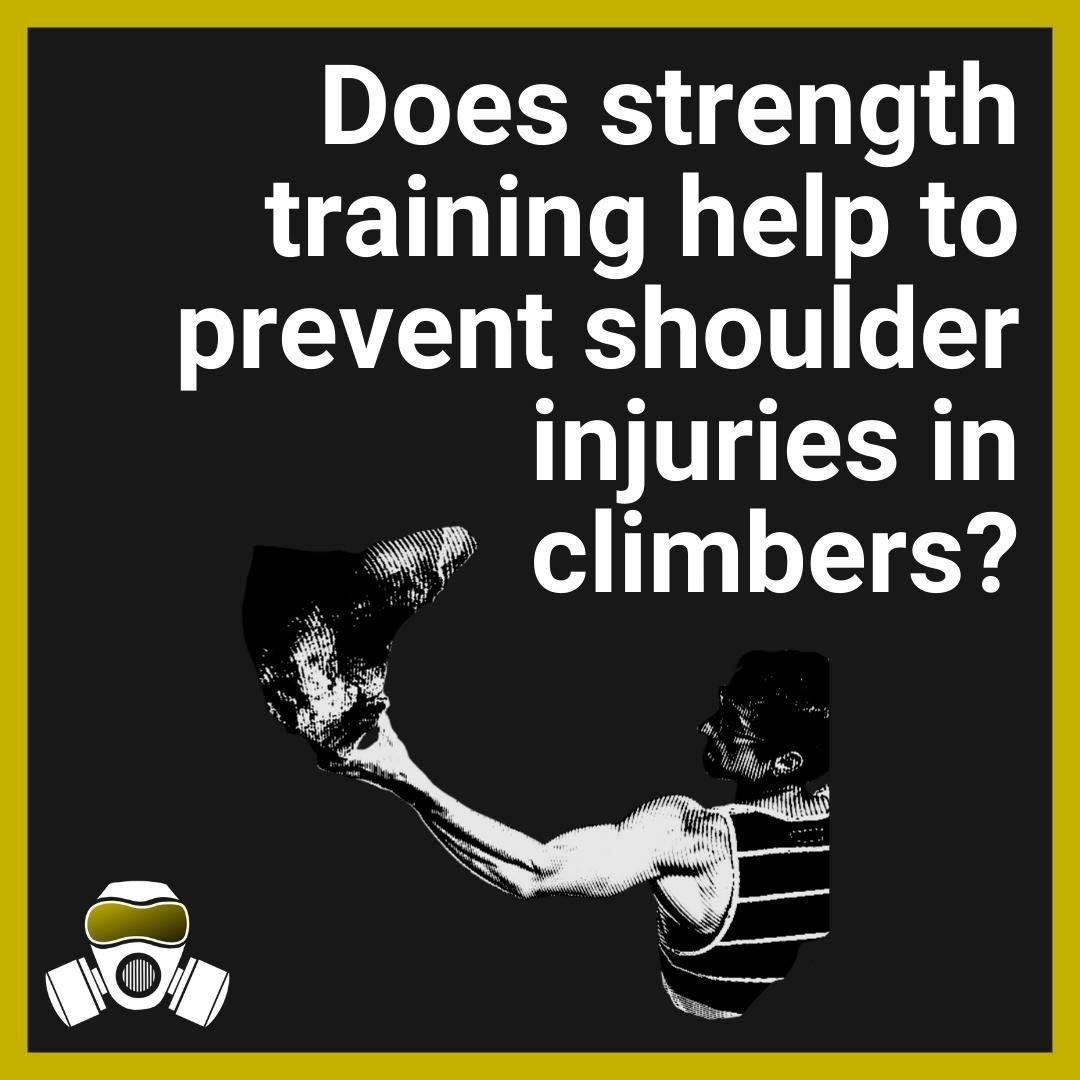









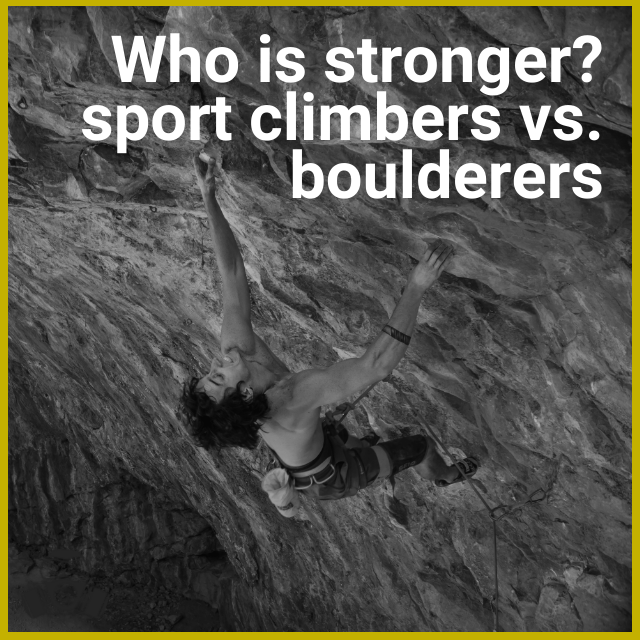

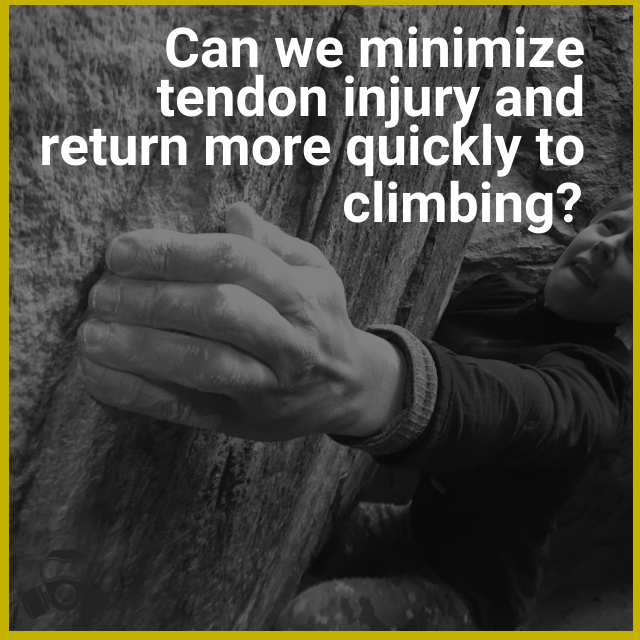
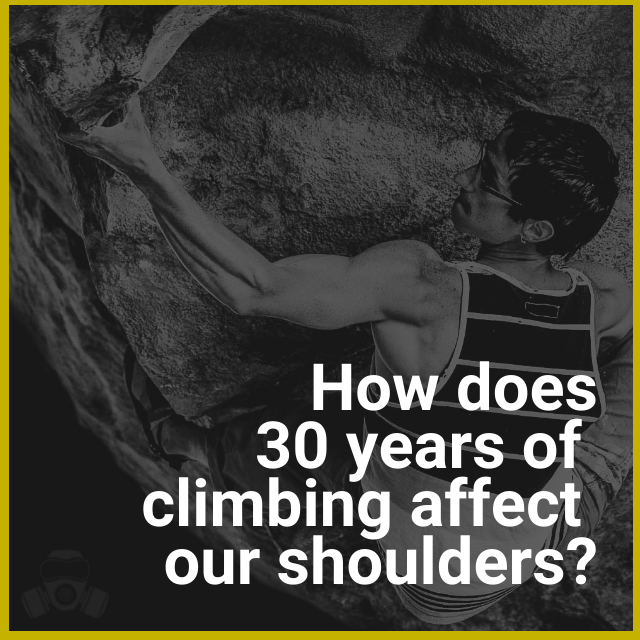
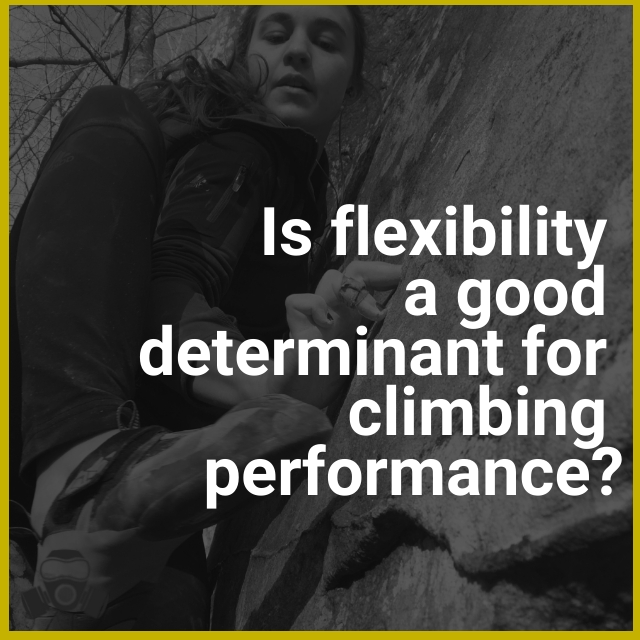
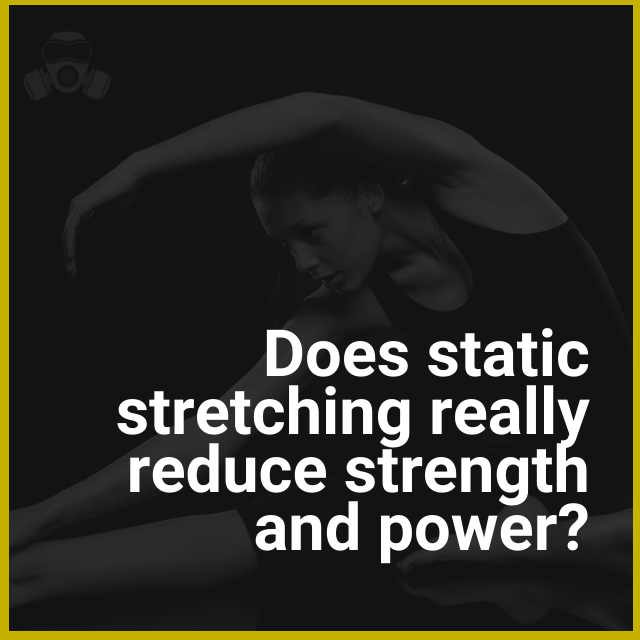


Explaining the science and calling out the misinterpretations.